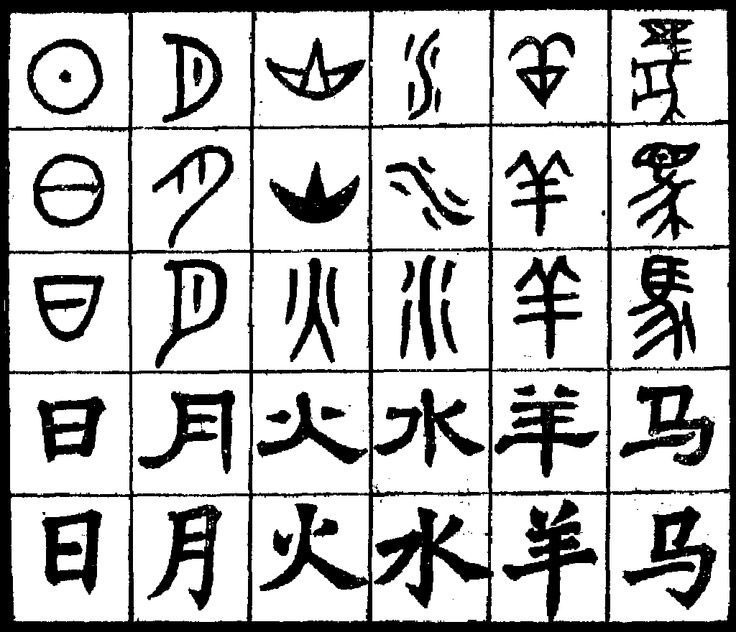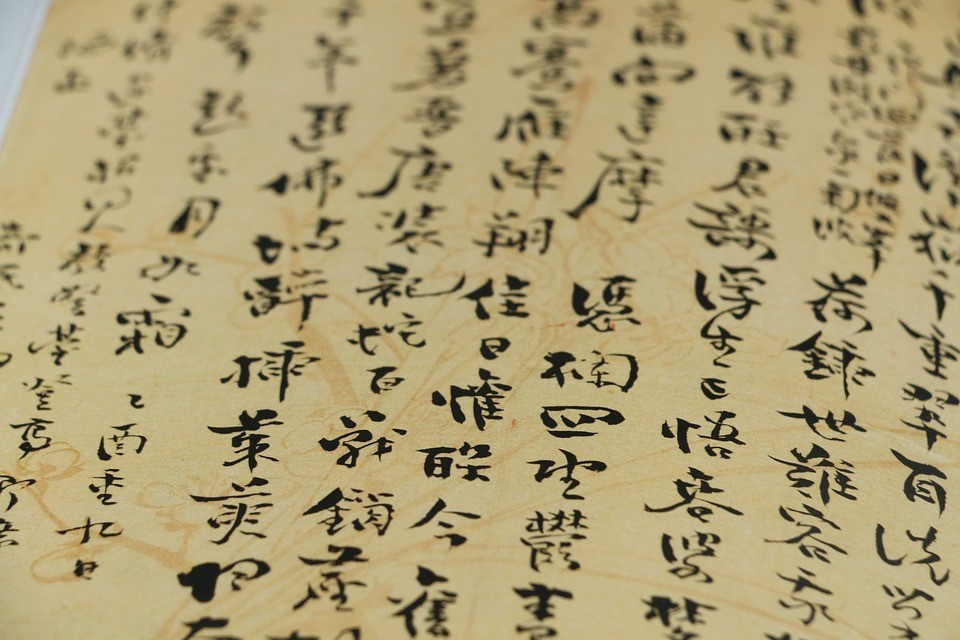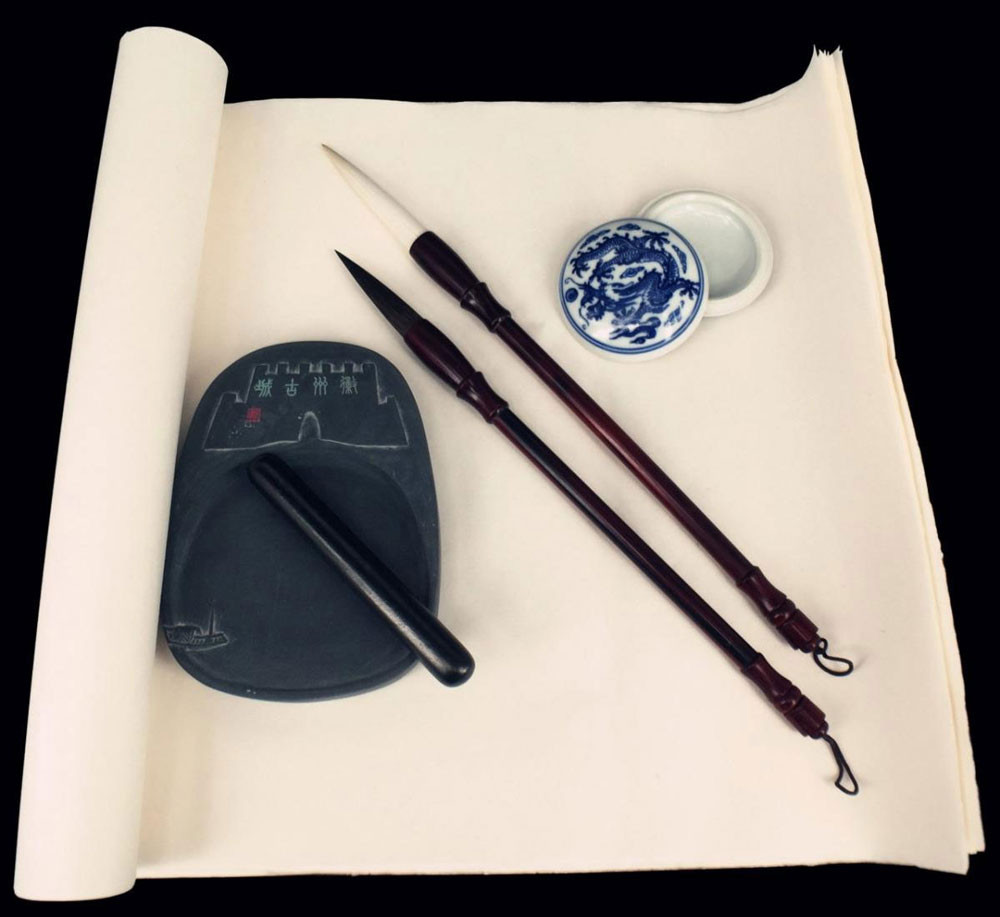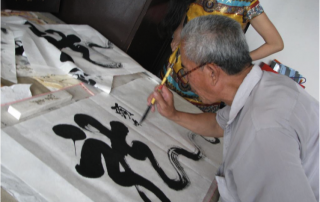Facts about Chinese Characters - Hanzi
Is there a logic behind Chinese characters?
 For a Chinese learner who has just started to get introduced to characters, the combination of strokes seems arbitrary at best and ridiculous at worst, without any major logic behind. However, that is far from true. A very long time ago, characters were actually often images of the object or an action they represented. However, Chinese characters went through several evolutions and got simplified by the Chinese government in 1956 which is why Mandarin Chinese characters are now referred to as Simplified Characters, whereas Cantonese characters are referred to as Traditional Characters. Reducing the amount of strokes made characters look more similar.
For a Chinese learner who has just started to get introduced to characters, the combination of strokes seems arbitrary at best and ridiculous at worst, without any major logic behind. However, that is far from true. A very long time ago, characters were actually often images of the object or an action they represented. However, Chinese characters went through several evolutions and got simplified by the Chinese government in 1956 which is why Mandarin Chinese characters are now referred to as Simplified Characters, whereas Cantonese characters are referred to as Traditional Characters. Reducing the amount of strokes made characters look more similar.
Are Chinese characters like images?
 When I first arrived in China, I really wanted to get introduced to characters because I loved to discover the logic behind them. Let’s start with an easy one; the character for work (工, gong) is very easy to remember as it is quite simple (and you’ll see it in many places around the city). Since a king was seen as the only person who is not supposed to do work, he obtained this character (王, wang). Hence, the story behind the character for King makes it a lot easier to remember how to draw it. Similarly, many other characters will be explained with a story that provides you with little “hooks” to help you memorise them. The character for to have is drawn using the old characters for hand and meat because in ancient China only the wealthiest of families could afford to eat meat regularly, so if you had meat you had everything.
When I first arrived in China, I really wanted to get introduced to characters because I loved to discover the logic behind them. Let’s start with an easy one; the character for work (工, gong) is very easy to remember as it is quite simple (and you’ll see it in many places around the city). Since a king was seen as the only person who is not supposed to do work, he obtained this character (王, wang). Hence, the story behind the character for King makes it a lot easier to remember how to draw it. Similarly, many other characters will be explained with a story that provides you with little “hooks” to help you memorise them. The character for to have is drawn using the old characters for hand and meat because in ancient China only the wealthiest of families could afford to eat meat regularly, so if you had meat you had everything.
On my first days, I spotted very often the characters 小心. On every escalator, every staircase and every metro door, this character is printed and means nothing else than “careful” although literally it would be “little heart”. Another character full of logic is 中 the square which has a line in its „center“ making the meaning doubtlessly clear – this is also the character used for writing China which is why you will often hear China referred to as The Middle Kingdom. Once arriving in China, you will be able to see a woman in 女, a door in 门, a tree in 木 (radical, wood) and three of them making 森, the forest (森林). With a combination of logic and stories, the Chinese characters are not so difficult to learn after all.
Are Chinese characters built on a specific system?
In addition to the previously mentioned logic and imagery, about 80% of all Chinese characters (汉字, hàn zì) follow a specific scheme where the character can be split up in a semantic part (this part indicates the meaning) and a phonetic part (this part indicates the pronunciation). The semantic part is usually standing on the left (like in 说 (讠), shuo, to speak), on top (like in 茶 (艹), chá, tea) or below of the phonetic part (like in 想 (心), xiang3, to want).
The phonetic part is usually on the right, the bottom or the top and indicates how the character will be pronounced. It is usually made out of another character and will either sound the same like in 苹 (ping1, phonetic: 平, ping1, level) (苹果, ping1 guo3, apple) or very similar like in 红 (hong2, red, phonetic: 工, gong4, work).
With this system, Chinese people can often figure out the meaning and pronunciation of a character even though they have never seen it before. Its not the same as the Western way of using an alphabet, but it actually comes a lot closer than many people realise.
Why are many words made of multiple characters?
In Chinese, it can be slightly confusing when talking about words. A meaning that is created by one word in English may be made out of two or even more characters. However, some substantial meanings are made out of one character, for example 心 (xin, heart). The Chinese language is largely based on combinations. The combinations are necessary to understand the content as not only do many characters sound very similar, but there are also some completely different characters with the same pronunciation.
When looking up this character 闻 (wen1) in a dictionary, it will tell you the translation news, reputation, to smell, to hear, well known. As you see, this character isolated has multiple meanings. Adding the character 新 (xin4, new) to make 新闻 will make clear that you talk about news. How this „puzzle“ works is easily visible when typing Chinese on your phone.
Typing isolated characters in pinyin gives you multiple characters to choose from. However, if you type several characters, the software solves the selection for you since the more characters you combine, the less options are available. Advanced pinyin software lets you enter an entire sentence.The combinations of words to make new words can sometimes seem a bit random, but if you find out the story behind the character, it will usually make a lot of sense.
Can I read faster in Chinese since texts appear to be shorter in length?
Scientists found out that other than the person’s inherent talents and character, the language is also an important factor to decide whether a person is a fast or a slow speaker/reader. Whereas a Spanish woman can, on average, speak up to 7.8 syllabus per second, Germans on average reach only 6 per second. Mandarin Chinese people make it only to 5.2 syllabus per second are therefore considered to be slow speakers. However, Chinese who speak other dialects or accents can have a much faster speaking speed.
Chinese people say that very often, the rough content of a sentence can be obtained by just a quick view. The meaning of the characters is immediately recognized which is also possible by having less grammar items like conjunctions. This would suggest a fairly fast reading speed.
Reading texts carefully though, requires more or less the same time as reading English. Scientists found out that English readers can catch 380 words per minute whereas Chinese readers capture the equivalent of 390 words. So while a text written in characters might appear shorter, it will take more or less the same amount of time to read it as it would in English.
How to write Chinese on electronic devices?
Typing in Chinese on a computer or a phone is only slightly different than to typing languages using the roman alphabet. In general, the keyboard of computers for China come with an English style keyboard. On a computer, the most common way of Chinese input is with pinyin (a standardised version of Chinese using Roman alphabet and tones). Any text can be entered by using the pinyin transcript and selecting the suggested characters. Advanced software allows to enter an entire sentence and can intelligently choose the correct characters. This input systems is based on the standardized pronunciation and requires pinyin knowledge. Another way is to enter characters based on the system they are built. A very common input method is the Wubi (Wubizixing 五笔字型) which allows to enter any character with a maximum of 5 strokes. While this method does not require any knowledge about the character’s pronunciation, it is necessary to know how characters a composed (radicals, stroke orders, etc.).
 A new input method that developed once smartphones became popular in China is the handwriting. People can simply draw a character on the touchscreen of the device. This input method allows a faster typing speed than expected since the focus is set on the stroke order and direction. The actual appearance of the drawn character does not need to match exactly.
A new input method that developed once smartphones became popular in China is the handwriting. People can simply draw a character on the touchscreen of the device. This input method allows a faster typing speed than expected since the focus is set on the stroke order and direction. The actual appearance of the drawn character does not need to match exactly.
This method is interesting for Chinese learners. Paired with a dictionary on the device, learners can draw any character they see out in public and translate it. However, this method also requires knowledge about stroke order etc. – a good rule of thumb is to start from the top left and work your way towards the bottom right, often drawing the horizontal strokes before the vertical.
If you’re interested in learning more about Hanzi, check out our article on the “Dying Art of Handwritten Chinese” and “How Many Characters Are There”
Did you get inspired? Find out more about our programs here!
